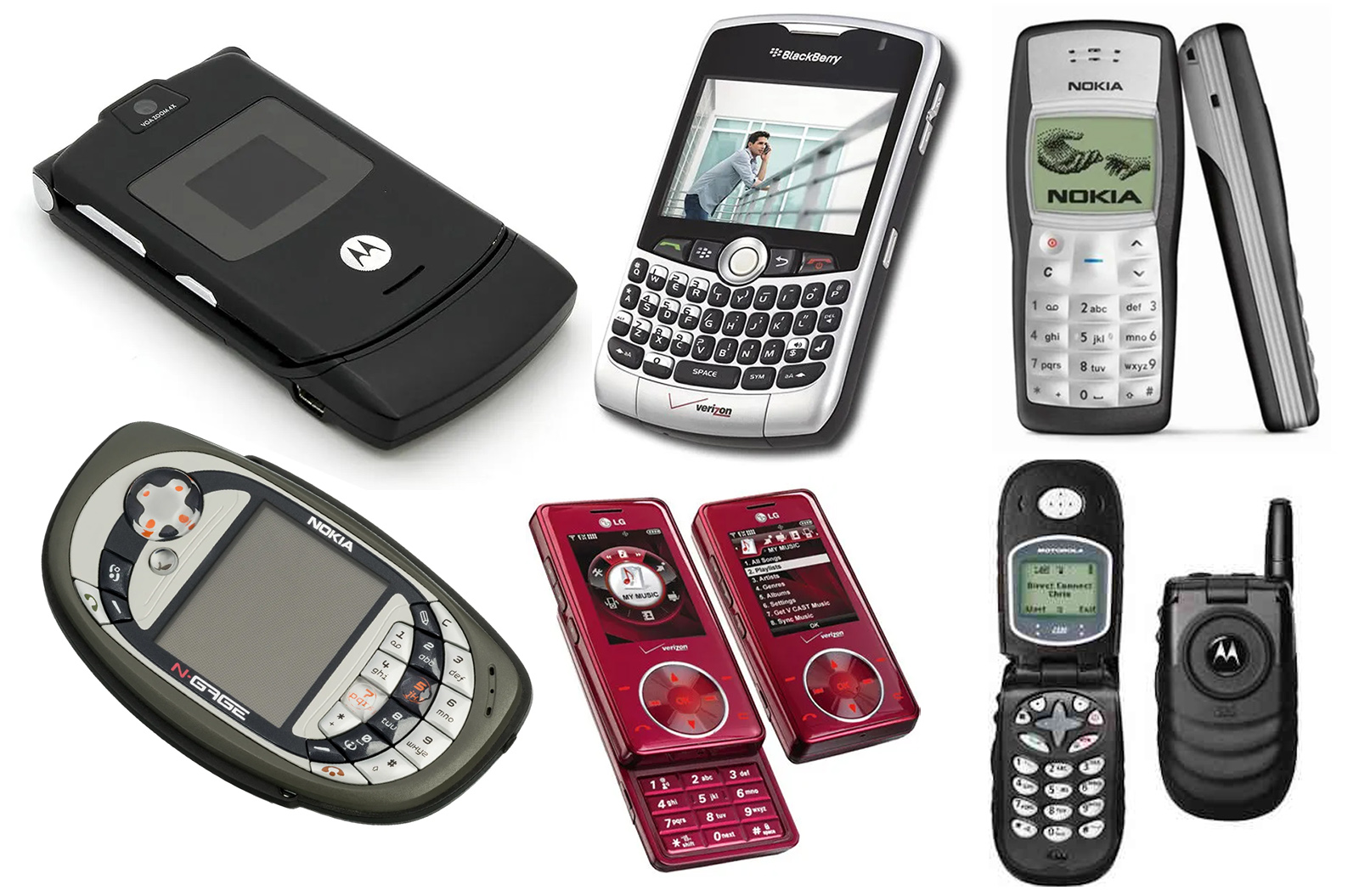
Before smartphones became the center of modern life, an entire era of cell phones defined how people communicated and connected.
In the late 1990s and early 2000s, flip phones, sliders, and the once-dominant BlackBerry represented cutting-edge technology and personal style.
It was the age when text messaging emerged as a cultural phenomenon, and each new model promised sleeker designs, better cameras, and more inventive features.
Yet, everything changed in 2007 when Apple introduced the iPhone, transforming the industry overnight and rendering the old icons of mobile communication obsolete almost instantly.
This article revisits some of the most memorable cell phones from that fascinating pre-smartphone age—a time when the excitement of a new ringtone or a glowing keypad could still feel revolutionary.
Motorola RAZR
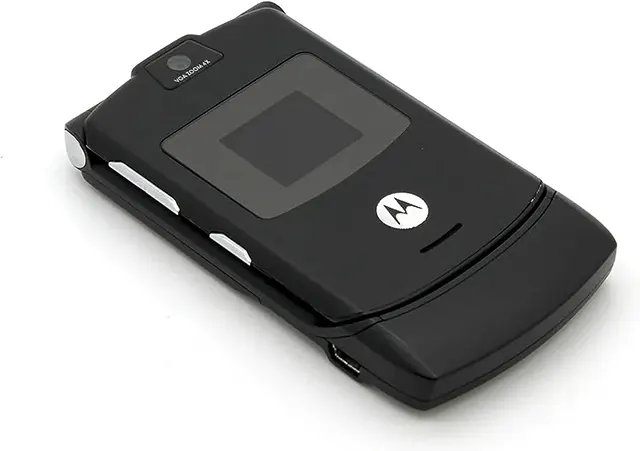
Motorola RAZR.
Few phones captured the spirit of the 2000s quite like the Motorola RAZR. Released in 2004, it became an instant symbol of coolness, with its ultra-slim profile, metallic finish, and satisfying flip design.
It wasn’t just a phone—it was an accessory. The RAZR came with a built-in camera and MP3 capabilities, giving users a taste of luxury and style in one compact device.
Motorola sold over 130 million RAZRs worldwide, making it one of the best-selling phones of all time. Owning one felt like being part of an exclusive club, and for many, it was the first phone that truly blended technology with fashion.
LG enV2
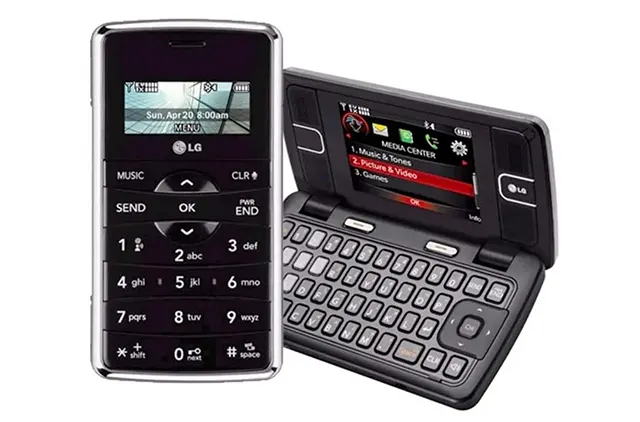
LG enV2.
Released in 2008, the LG enV2 became a hit among heavy texters. On the outside, it looked like a standard phone, but once flipped open, it revealed a full QWERTY keyboard and dual screens—perfect for messaging, emails, and even music playback.
This clever design made it both practical and fun, while its strong speakers made it a solid choice for media lovers.
Arriving at the height of the texting boom, the enV2 stood out as one of the last great pre-smartphone devices that balanced style, function, and personality.
Sony Ericsson W580i
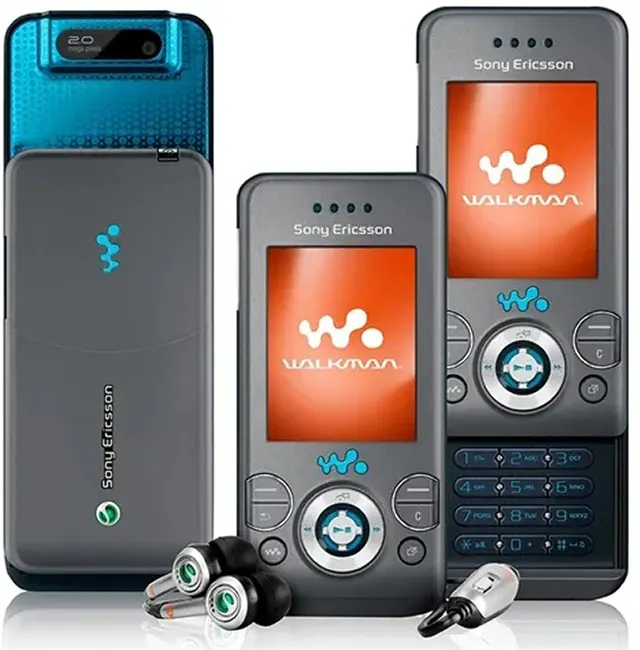
Sony Ericsson W580i
The Sony Ericsson W580i was a colorful and lively phone designed for music lovers. Introduced in 2007, it carried Sony’s iconic Walkman branding, complete with dedicated music controls, a 2-megapixel camera, and video playback.
The slider design and bright color options—like white, pink, and orange—made it a playful yet modern-looking device.
More than just a phone, the W580i embodied a lifestyle. It was portable entertainment, personal expression, and technological experimentation all rolled into one slim device.
BlackBerry Curve 8330
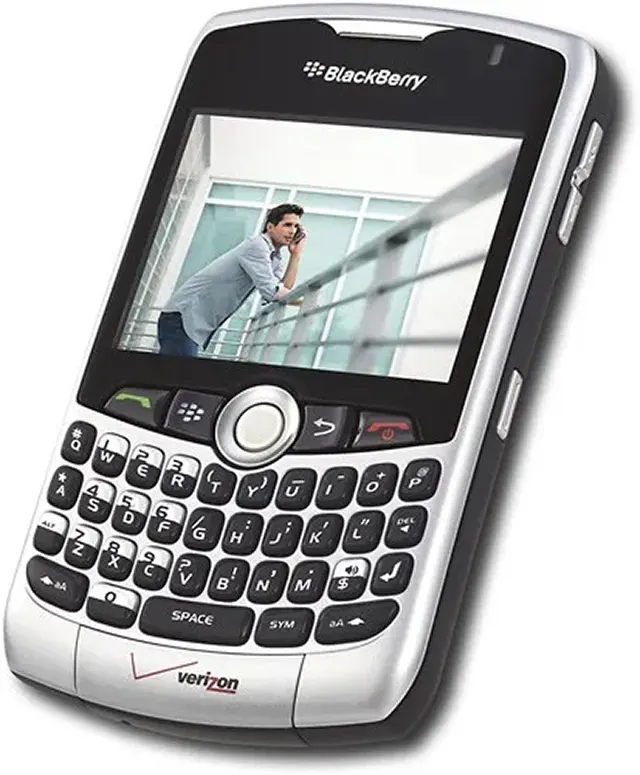
BlackBerry Curve 8330.
During the mid-2000s, owning a BlackBerry meant you were serious about business. The Curve 8330, sleek and modern, appealed to professionals and everyday users alike.
It featured BlackBerry Messenger (BBM), a groundbreaking chat system that made instant communication possible long before WhatsApp or iMessage existed.
Equipped with a QWERTY keyboard and a signature trackball, the Curve made emailing and browsing effortless.
Yet despite its popularity, BlackBerry eventually fell behind as iPhones and Android devices offered more flexibility and user-friendly experiences through app stores.
N-Gage QD
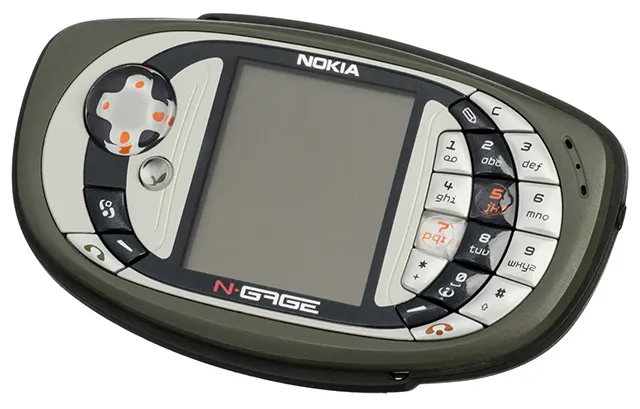
N-Gage QD.
The Nokia N-Gage QD was a bold experiment that merged gaming and mobile communication. Released in 2003, it allowed users to play chip-based 3D games like Tony Hawk’s Pro Skater and Super Monkey Ball on the go.
It even featured the N-Gage Arena, an early online gaming network that was years ahead of its time. However, its unusual design made it awkward to use as a phone, and it never reached mainstream success.
Still, the N-Gage remains a fascinating relic of early mobile innovation—a glimpse at how far companies were willing to go to mix fun with function.
Nokia 1100
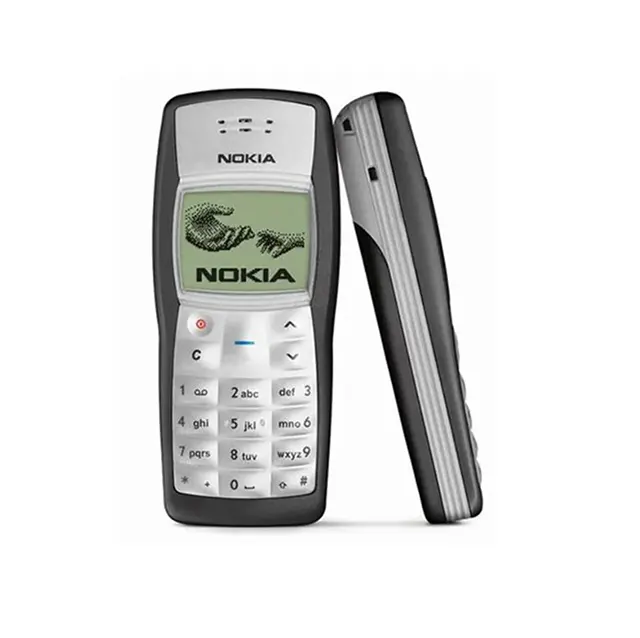
Nokia 1100.
Simple, reliable, and nearly indestructible, the Nokia 1100 defined an era of practicality. Released in 2003, it quickly became one of the world’s best-selling phones, with over 250 million units sold.
For many, it was their first-ever cell phone, known for its sturdy build, flashlight, and the classic game Snake. It wasn’t flashy, but it did exactly what it was supposed to—make calls, send texts, and last for days on a single charge.
In a world of fragile smartphones, the Nokia 1100 remains a nostalgic symbol of durability.
T-Mobile Sidekick
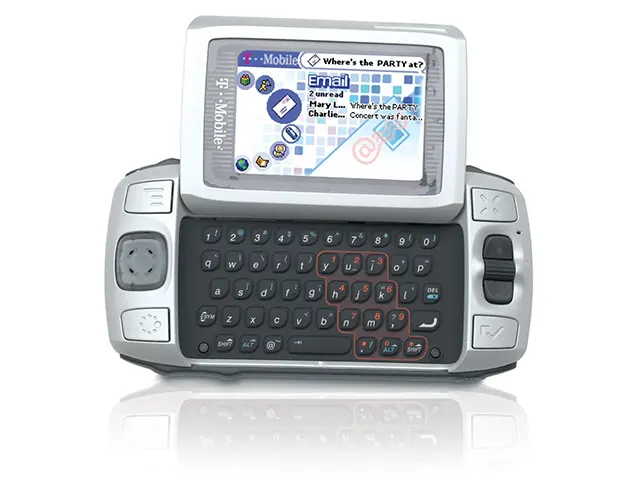
T-Mobile Sidekick.
When it came to cool factor, few phones could match the T-Mobile Sidekick. With its signature flip-out screen and full keyboard, it was the ultimate social phone of the mid-2000s.
Teenagers and young adults adored it for instant messaging through AIM, browsing the web, and texting nonstop. The Sidekick wasn’t just functional—it was fashionable.
Owning one meant being ahead of the curve, and it helped popularize the idea of phones as lifestyle devices rather than just communication tools.
LG Chocolate
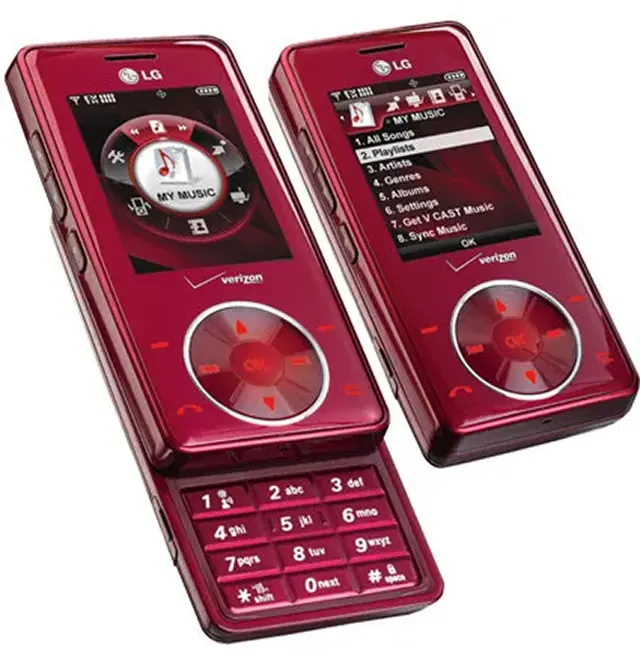
LG Chocolate.
The LG Chocolate blended sleek design with entertainment. Its smooth slider body, touch-sensitive controls, and built-in MP3 player made it a standout in 2006.
The glossy black finish and red-lit keypad gave it a luxurious, futuristic look that appealed to trendsetters.
Selling over 21 million units, the Chocolate proved that aesthetics and technology could coexist, setting the stage for future multimedia phones.
Motorola i530
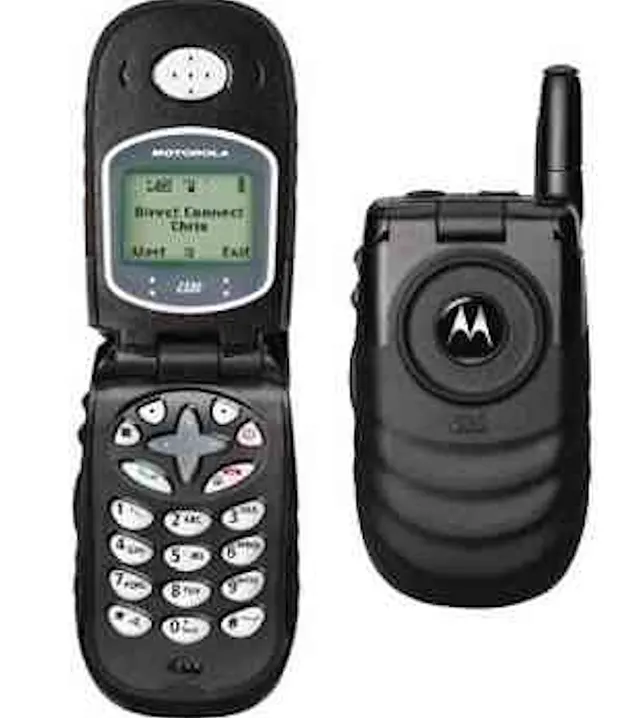
Motorola i530.
Built for durability, the Motorola i530 was the go-to phone for workers who needed something tough.
Its Push-to-Talk walkie-talkie function, primarily used on Sprint’s network, made it ideal for quick, practical communication in industrial settings.
With a rugged design and sturdy frame, the i530 wasn’t flashy—but it was dependable, and that made it a favorite among those who valued strength over style.
LG Voyager
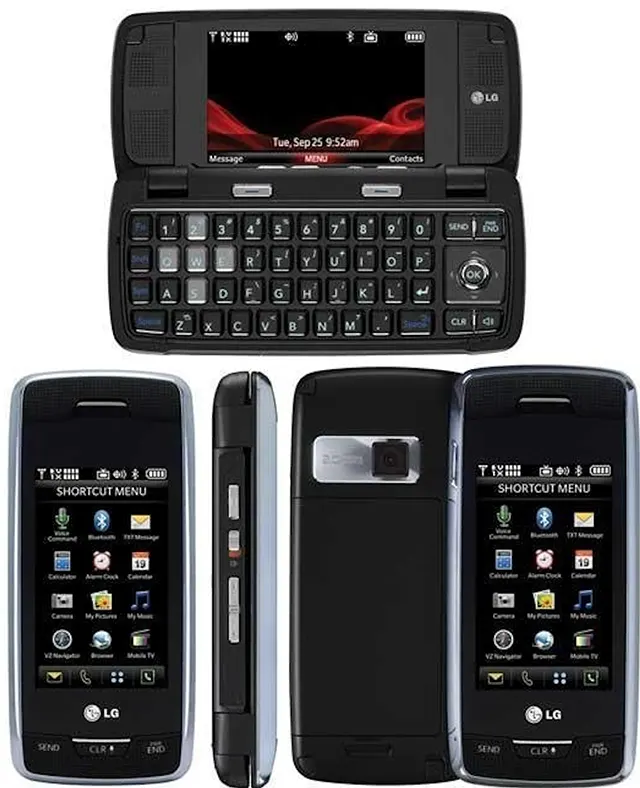
LG Voyager.
Released in 2007, the LG Voyager marked one of the final chapters before the touchscreen revolution fully took over.
It featured a touch display on the outside and a full QWERTY keyboard on the inside, bridging the gap between traditional phones and emerging smartphones.
With a 2-megapixel camera and multimedia features, it represented the best of both worlds right before the iPhone changed everything.
Nokia 3310
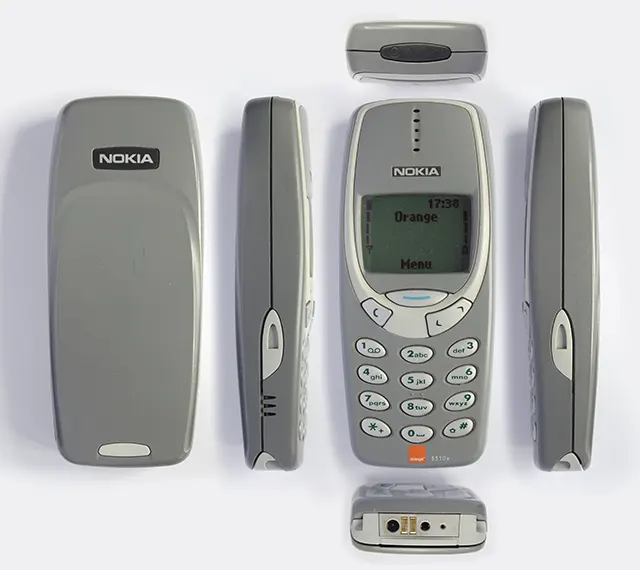
Nokia 3310.
First launched in 2000, the Nokia 3310 became a legend. With its minimalist Scandinavian design, unbeatable battery life, and nearly indestructible body, it sold over 126 million units worldwide.
Years later, in 2017, Nokia brought it back with a modern twist—proof that some designs are simply timeless.
Sony Ericsson W800i
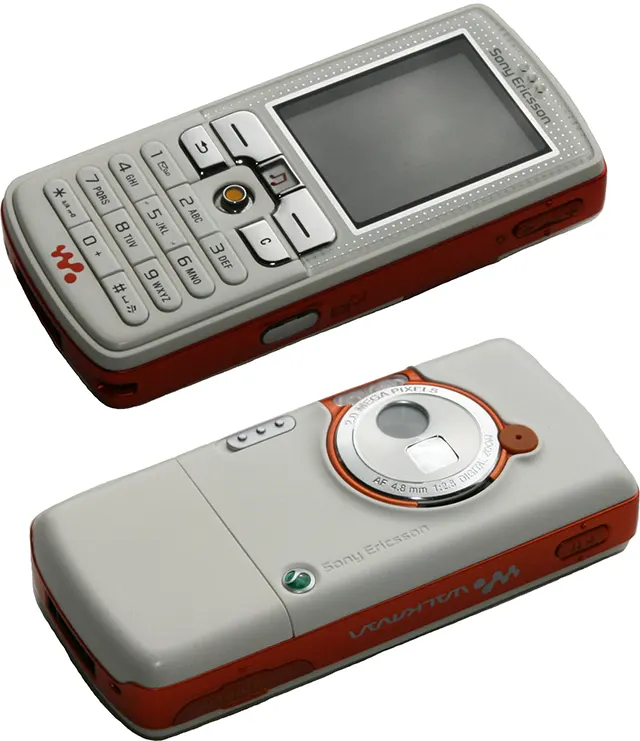
Sony Ericsson W800i.
The W800i took Sony’s partnership with Walkman to the next level. Released in 2005, it turned the phone into a portable music player, complete with up to 30 hours of playback and 2GB of external memory.
Its distinctive orange-and-white design stood out in a sea of silver and black phones, making it one of the most recognizable devices of its time.
BlackBerry Pearl
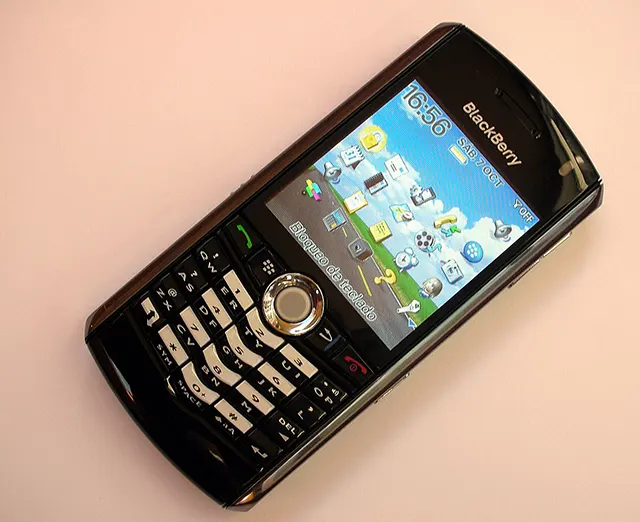
BlackBerry Pearl.
With the 2006 release of the BlackBerry Pearl, the brand transitioned from a corporate tool to a mainstream favorite. The Pearl featured a smaller frame, a hybrid QWERTY keyboard, a built-in camera, and music player support.
Most notably, it introduced the trackball navigation system that became a BlackBerry trademark. Sleek and sophisticated, it was the perfect bridge between business and personal use.
Apple iPhone
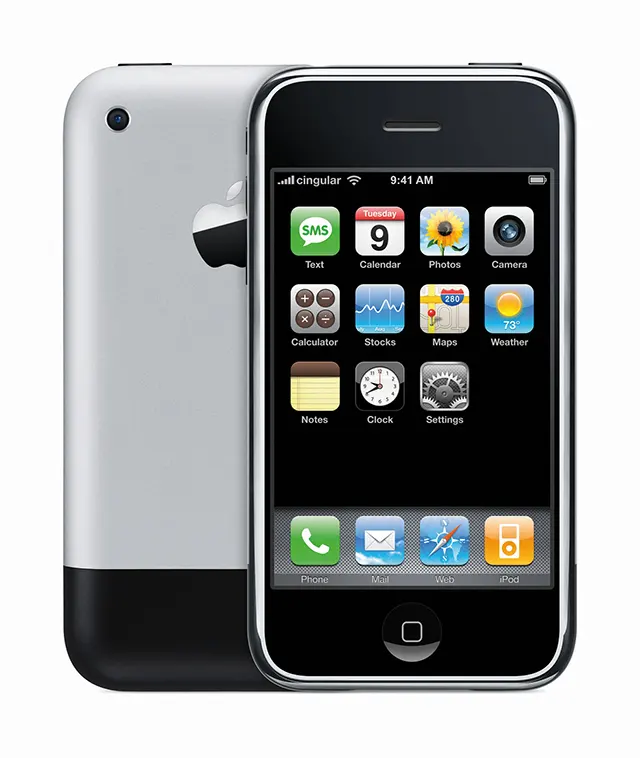
Apple iPhone.
When Apple unveiled the iPhone in 2007, it didn’t just release a phone—it redefined what a phone could be.
With its glass-and-metal body, single button, and touch interface, it introduced an entirely new way to interact with technology.
Steve Jobs’ announcement promised a revolution, and he delivered. The iPhone marked the beginning of the smartphone era, shifting the focus from hardware creativity to digital ecosystems powered by apps.
HTC Dream / T-Mobile G1
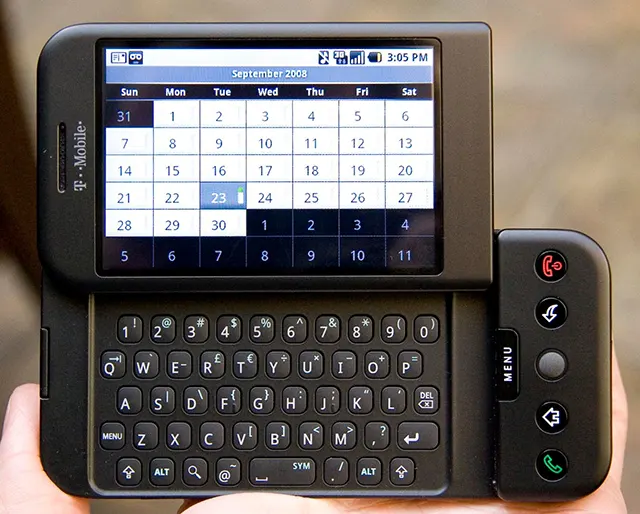
HTC Dream.
Apple’s success inspired competitors to innovate quickly, and in 2008, the HTC Dream (also known as the T-Mobile G1) became the first phone to run Google’s Android operating system.
Combining a touchscreen with a slide-out keyboard, it offered the flexibility and openness that would define Android for years to come.
The Dream set the foundation for the smartphone diversity we see today, ushering in a new era where creativity moved from hardware design to software innovation.
(Photo credit: Wikimedia Commons / Flickr via RHP).